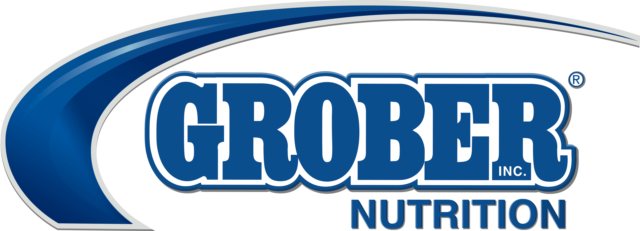The idea is to give a brief overview of select research studies but not go into detail on each topic. Those interested in further in-depth reading can use the citations to find each study.
“Symposium review: Mechanisms of disruption of fertility by infectious diseases of the reproductive tract” Vol. 102, Issue No. 4, Pages 3754–3765, April 2019. In this in-depth article, the author, Robert Gilbert, identifies the different causes of reproductive failure.
He identifies inflammation as a major cause for reproductive problems, saying a great deal of evidence links infectious and non-infectious conditions of the postpartum cow with impaired reproductive performance, but the understanding of the specific mechanisms that disrupt reproduction are still not fully understood.
The most common diseases of dairy cows (retained placenta, metritis, ketosis, hypocalcemia, mastitis, lameness, displaced abomasum) tend to occur more frequently in the early part of lactation. This is the period preceding and immediately following insemination.
The author refers that what is interesting in that all these conditions, whether they are infectious or non-infectious, negatively affect reproductive performance, and also that not only the diseases of the reproductive tract itself but also diseases in more remote body systems all contribute to reproductive failure.
Some of these problems are explained by the fact that ovarian follicles develop over a long period of time, and follicles developing during periods of a negative metabolic environment suffer lasting damage that diminishes the capacity of the associated oocyte to end up in a pregnancy.
Inflammation and the associated oxidative stress are directly implicated on these different mechanisms that affect oocyte viability and follicle as well as uterus health and function.
On the other hand, these processes can actually deplete the pool of ovarian follicles by prematurely activating them. Once activated, follicles are committed to develop until they degenerate or ovulate.
Therefore, the author concludes, depletion of the overall number of primordial follicles may be linked to inflammation and have a permanent detrimental effect on fertility.
Another aspect of infertility is related to anovulatory cows. A major contributor to anovulation is negative energy balance (NEB). Cows that have a disease experience a period of inflammation which, in turn, activates the immune system. The immune system is very demanding in energy, and this may intensify the level of NEB.
The author indicates that although much of the infertility that follows uterine disease can be attributed to ovarian effects and lasting damage to oocytes, it is clear that some of the consequences of uterine disease also occur at the level of the uterus.
Evidence for this comes from the observation that when previously diseased cows are used as embryo recipients, establishment of a pregnancy is reduced and rate of loss of pregnancy is increased relative to that of previously healthy cows.
“Milk yield and milking station visits of primiparous versus multiparous cows on automatic milking system farms in the Upper Midwest U.S.” Vol. 102, Issue No. 4, Pages 3523–3530, April 2019. The authors of this study, researchers and extension workers from Minnesota, wanted to investigate milk yield and frequency of visits to the milking station of primiparous versus multiparous cows at different stages of lactation on farms with automated milking systems.
They enrolled 40 farms in the study, and daily automated milking system software data was collected for 18 months. They divided the lactation in 14 periods: seven days in length for the first 28 days in milk (DIM) and 30 days in length thereafter until 328 DIM.
They also included in the research the type of barn traffic to the automated milking system (free or guided) and evaluated the failures and refusals as well.
For these particular aspects, they divided the lactation in six periods, seven days in length each for the first 28 DIM and two periods of 150 days in length each thereafter until 328 DIM.
(Failures are milking station visits where a cow fails to be milked due to lack of machine attachment although it is time for the cow to be milked. Refusals are milking station visits before adequate time has passed since previous milking; thus, the cow leaves the milking station without being milked.)
The authors explain the goal of this type of study, on practical farm scenarios, is to understand how cows interact with automated milking systems with the final objective of improving its efficiency.
The conclusions of their study were: In free-flow systems, primiparous cows produced less milk than multiparous cows from the beginning of lactation until the 11th stage of lactation (238 DIM) and produced more milk from the 12th stage until the end of the study period (239 to 328 DIM).
In contrast, primiparous cows produced less milk than multiparous cows all 14 stages of lactation in guided-flow systems, although the authors caution there was only nine farms with a guided-traffic system in the study.
This result indicates a biologically normal lactation curve for primiparous cows as they normally peak later in lactation, produce less milk and are more persistent than multiparous cows.
Primiparous cows had a lower frequency of successful milking visits compared with multiparous cows in early lactation.
The authors say further investigation into methods for improving performance of primiparous cows in the first few weeks of lactation that will allow these individuals to express their performance potential during their first lactation are warranted. They suggest better training of primiparous cows to use the automated milking systems and improved feeding management. ![]()

-
Pedro Nogueira
- Nutritionist
- Shur-Gain
- Email Pedro Nogueira









